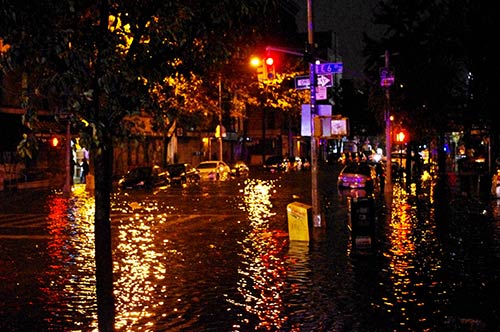By Marcelene Sutter

From a young age, we are taught about the benefits of thinking ahead, but Lou Verchot, director of forests and environment research for the Center for International Forestry Research (CIFOR), says that scientists may be thinking too far ahead in the presentation of their climate change data. Most of the current climate change research focuses on the long term, presenting projections for the environmental landscape 70 to 100 years in the future, instead of data describing short-term change and present-day adaptations. Verchot explains that looking this far ahead with climate change can damage the viability of passing meaningful legislation. He contends that looking too far forward lets legislators off the hook, stating, “When you talk to a policy-maker about a 70-year time horizon, hypothetically they say, ‘Well, I have to get elected tomorrow, so I’ll focus on a problem that will be solvable in five years and let my successors worry about what will happen in 70 years.’”
As legislators review the recently released study from the U.N. Intergovernmental Panel on Climate Change (IPCC), Verchot worries that communities already facing the devastating effects of extreme weather will be neglected. Even though, as he says, “the trends that are important for policy-makers and land managers are at the five-, 10- or 20-year time horizon,” IPCC studies, like much of the research in the field, are more focused on climatic changes toward the end of the century, rather than in the present. Verchot will articulate these principles next week at the Global Landscapes Forum in Warsaw, which will hold forums on bringing together scientists from different disciplines and generating more short-term climate change data for the purpose of drafting and enacting more meaningful climate change legislation in a viable timeframe. With increased scientific collaboration, as well as the collection of data that represents present challenges to communities affected by extreme weather, policy makers would be presented with data that more accurately and convincingly outlines the threats to their constituents, hopefully prompting advocacy and swift action.